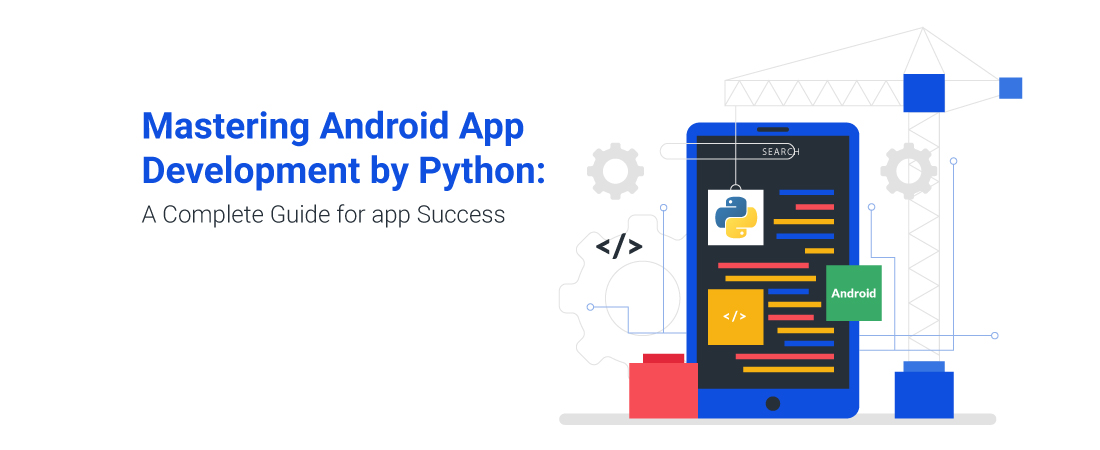Google’s I/O braid: Google’s new piece of tech – “I/O braid” A device looking like spectacles but adding serious functionality of a smartphone, known as google glasses. A device to boost network strength in developing countries other than satellites without affecting air traffic, known as balloons.
A great role in making the dream come true to let the driver just sit and the car will drive itself. All of the above were like fantasies before google came into play and the tree of such weird but helpful innovation is still growing giving us the fruit of hassle-free future. Now it’s turning for a braided cable called “I/O braid”. The cable is a research project very much at this point.
The cable allows users to control the electronics in a way they may have ever thought. The braided cable is a textile User Interface or UI which lets the users control their electronics by patting, squeezing, pinching, or swiping on the surface of the cord.
The cable works by using a series of capacitive and conductive yarns which are woven into the braid which allows it to identify if it’s touched by someone with a sensitivity of 360 degrees. To provide visual feedback, fiber optic strings are also woven into the fabric. All this happens using google’s “helical sensing matrix” which registers commands from the users.
This tech can be used for both techs as well as fashion. As the cable is touch-sensitive and looks like just a braided string, it can be used to loop around the hoodie drawstrings which will have the capability of controlling your devices like headphones, etc.
To make the cable capable of distinguishing multiple types of touch, google trained a machine learning model on the data collected from different volunteers. The volunteers were asked to interact with the cable so that real-life limitations and usage can be achieved. That data allowed the braid to distinguish between pinching, squeezing, twisting and different gestures.
The “I/O braid” can be a game-changer at least to the inline or mounted controls where users have to figure the position of the buttons on the cable and then pressing it accordingly. The I/O braid on the other hand don’t need any buttons due to its touch sensitivity and users just have use gestures to control (say) music, etc. The study for this interface is performed by Google.
Google Started To Roll Out Dark Mode Support For Google app – Google’s I/O braid
With the so-called user demand to have a dark mode in every possible application run on their smartphones, tech giants are rolling consecutive updates to meet their user demands. The dark mode is not only eye-friendly, especially at night, but it saves battery life also. In the case of OLED displays, the dark theme adds a huge bump in battery life since there’s a control over each pixel.
Recently Google has also confirmed that they are finally rolling out the dark mode support for the google app. This time the dark mode support will be available to all of the android devices. Before this, Google app’s dark mode was never fully stuck on android or iOS although google has been rolling out dark mode to its other apps for over a year now.
This was confirmed by Google in a tweet that the update will be available to all of the smartphones within the next week. This follows a system setting/toggle on Android 10 and iOS 13 as most other google apps do. This app has mostly a grey design like other google apps.
Read More: THE FUTURE OF INTERNET
The dark mode is accessible through an in-app setting on older Android and iOS smartphones. If the user doesn’t want the app to match the system setting, this setting can also be used on Android 10 or iOS 13 in order to force one mode or the other.
But here’s a catch, according to the forum post, it is clearly explained by Google that the ongoing rollout is only for the android 10+ and the iOS 12/13 right now. Users of older versions of Android or iOS will have to enroll in the beta program to get a hands-on dark mode.
The user may see a pop on the main screen saying “Dark theme is available” when the rollout does hit to a device. This will link the user of that device to the setting for changing the app’s theme.
























